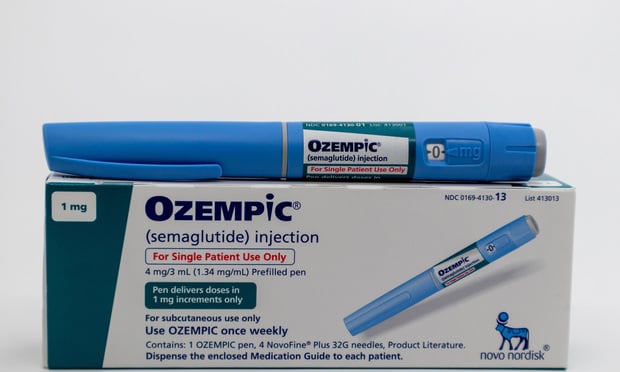A new study examining a major comprehensive health care reformproposal looks at the cost to employers and any burdens that mightbe placed directly on Americans with employer-sponsored healthplans. The Lewin Group's analysis of America's Affordable HealthChoices Act of 2009, as amended by the Energy and CommerceCommittee, is the first critical analysis of health care reformcosts that would extend beyond 2019.
|The study shows President Obama's promise that reformlegislation will pay for itself during the next 10 years isachievable. As for his pledge that it will not add to the federaldeficit, the figures are not in his favor.
|During the first 10 years, from 2010 to 2019, under the bill'simplementation, the cost (net federal cost) is estimated at $39billion and would be "nearly fully funded." But beyond that, in itssecond decade, the proposal would add an estimated $1 trillion tothe federal deficit. This is due to rapid growth in health carecosts that will outpace the growth in incomes and revenues over thelonger term, according to the study.
|"From the perspective of the federal budget, the study shows theAct would nearly achieve President Obama's goal of paying foritself over the next 10 years. In the second 10 years, however, theproposal would add an estimated $1 trillion to the federaldeficit," the firm said in a press release.
|By 2011, assuming full implementation and mature enrollment ofthe Act, almost 30 million people would gain insurance coverage in2011, a reduction of 60 percent in the ranks of the uninsured.Forty-one million people would obtain health insurance throughnewly-created health insurance exchanges, including 21 million inthe public plan. Enrollment in the Medicaid program would grow by10 million.
|Families in which all members currently have insurance wouldsave an average of about $176 under the Act, while families withone or more uninsured members would, on average, see an increase infamily health spending of $1,410 per family.
|The cost to employers? Overall, employer health spending wouldincrease by an average of $305 per worker. Employers that currentlyoffer insurance would see an increase in health spending of $123per worker, while employers that do not now offer coverage wouldsee an increase in health spending by an average of about $813 perworker.
|Most economists, according to the study, believe employers wouldeventually offset the increases in costs through slower wagegrowth. So even though families with health insurance are savingmoney under the Act, analysis indicates they would ultimately bearthe burden of higher health costs.
|Furthermore, small businesses currently providing insurancewould save up to an average of $811 per worker due to a tax credit.The number of people covered in employer-sponsored plans (outsideof the health insurance exchanges) would fall by 11 million, andoverall enrollment in private plans would decline by about900,000.
Complete your profile to continue reading and get FREE access to BenefitsPRO, part of your ALM digital membership.
Your access to unlimited BenefitsPRO content isn’t changing.
Once you are an ALM digital member, you’ll receive:
- Critical BenefitsPRO information including cutting edge post-reform success strategies, access to educational webcasts and videos, resources from industry leaders, and informative Newsletters.
- Exclusive discounts on ALM, BenefitsPRO magazine and BenefitsPRO.com events
- Access to other award-winning ALM websites including ThinkAdvisor.com and Law.com
Already have an account? Sign In
© 2024 ALM Global, LLC, All Rights Reserved. Request academic re-use from www.copyright.com. All other uses, submit a request to [email protected]. For more information visit Asset & Logo Licensing.








